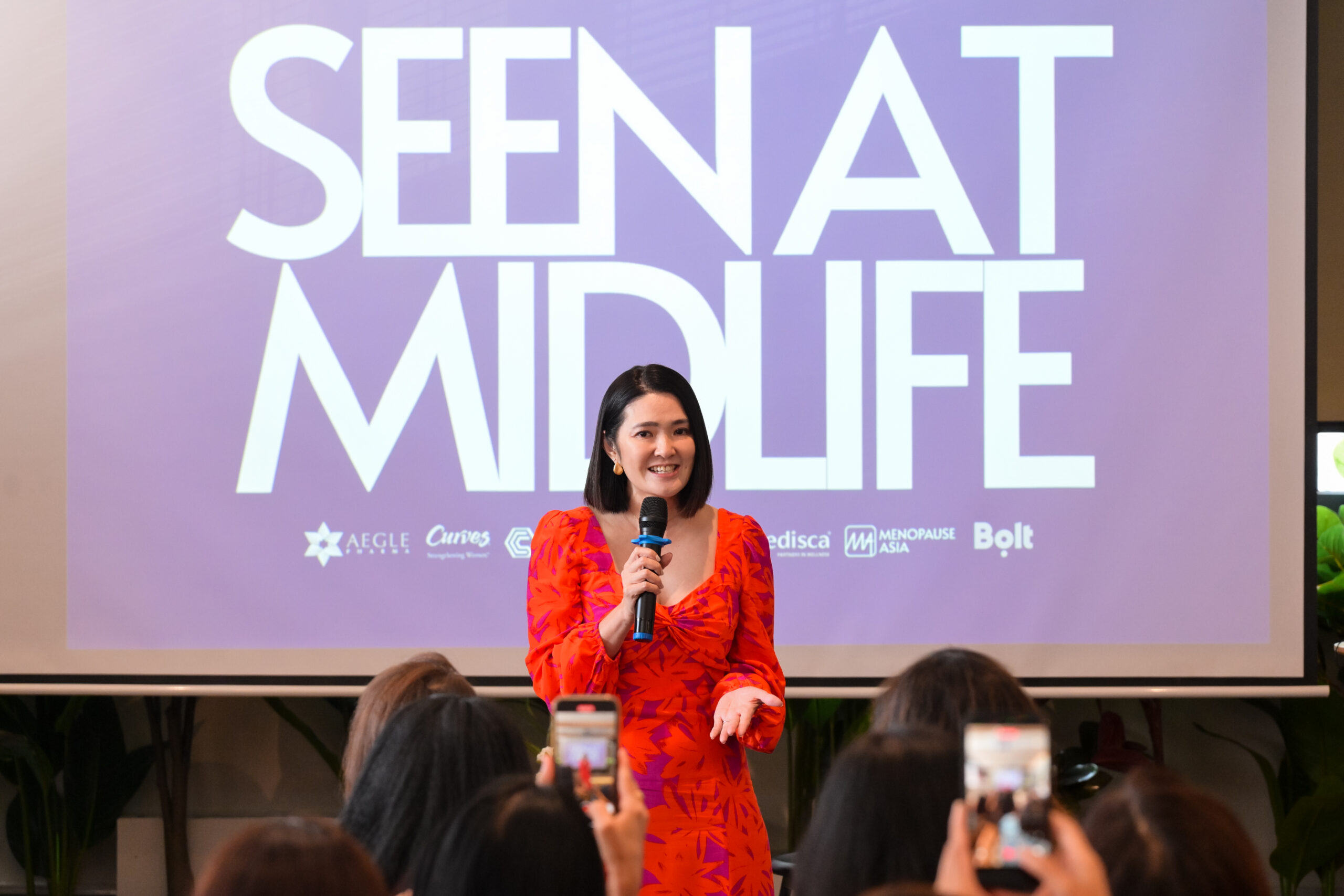Gender imbalance fuels skills shortages in Australia’s workforce
- Josephine Tan

Gender imbalance in the workforce of occupations with skills shortages is causing significant problems for employees, organisations, and Australian economy, according to Brendan O’Connor, Australia’s Minister for Skills and Training.
He cited analysis from Jobs and Skills Australia (JSA), which revealed that over half of the occupations facing skills challenges have a gender imbalance that tilt towards men. Women make up less than 20% of the workforce in these occupations, including metal fitters and machinists, motor mechanics, electricians, mining engineers, construction managers, and software and applications programmes.
JSA is a statutory body that provides independent advice on current, emerging, and future workforce, skills, and training needs. JSA also reported that only 14% of occupations in national shortage have a gender imbalance that tilts towards women. Men make up less than 20% of the workforce in these occupations, including early childhood teachers, child carers, and registered nurses.
The analysis from JSA shows that skills shortages are less common in occupations with a smaller gender imbalance in their workforce. For instance, occupations like solicitors, accountants, sales and marketing managers, and café and restaurant managers have a more balanced gender distribution, with women and men making up roughly equal portions of the workforce.
READ: Gender inequality still plagues Australian workplaces
To address the problem of gender imbalance, the Australia government has set targets to increase the number of women in apprenticeships, traineeships, and cadetships. This includes the Australian Skills Guarantee initiative, which ensures that one in 10 employees on major government-funded projects are an apprentice, trainee, or paid cadet, with specific targets for women and a focus on digital skills. The goal is to build a pipeline of women into male-dominated industries and reduce the gender segregation that exists in these industries and sectors.






